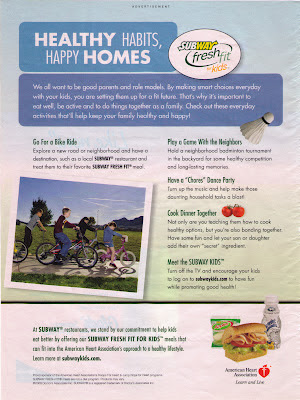First of all, my apologies for the horrible photographs of the signs. I am ready to replace my mobile phone and a better camera is my primary criteria when choosing a new telephone. (The bad workman always blames his tools.)
I was at a playground recently and noticed an intersting aspect of the equipment design. Like most playgrounds, this one has a variety of equuipment aimed at different ages. One section is aimed at 2 to 5 year olds.
 |
| Sign on playgound equipment "designed for children 2 to 5 years old" |
Other equpment in the paygound is designed for older children, 5 to 12 years old.
 |
| Sign on playgound equipment "designed for children 5 to 12 years old" |
That is all well and good, but how do you keep the little kids off the equipment intended for bigger kids? With some smart designing that creates a "price of entry". This is the equipment designed for the children 2 to 5 years old.
 |
| Stairs on playgound equipment "designed for children 2 to 5 years old" |
As you can see it is a set of stairs, a bit steep, but with two handrails. And how does this differ from the entry to the equipment designed for children 5 to 12 years old?
 |
| Stairs on playground equipment "designed for children 5 to 12 years old" |
There are steps of a sort, but only one handrail and it is obviouslty designed for older children who have more strength and balance.
By using two different types of "entries" to the equipment, the designers are trying to ensure that the children who make it onto the equipment have the strength and balance needed to safely use the rest of the equipment. Now, this won't prevent some kid from managing to haul themselves onto the equipment meant for bigger kids, and then falling off and injuring themselves, but with some reasonable supervision, it should deter all but the most determined.
This sort of "price of entry" is also used by designers of mountain bike trails. If the trail starts with a 30 cm (12") wide ladder bridge over a 3 metre (10') drop it should deter people who have no business attempting the trail.
Retailers can use, and misuse, this "price of entry" in designing their stores. The store that looks expensive probably has expensive stuff in it and so if I'm the manager I don't want the shop to be filled with timewasters. Similarly, the dollar store will have a hard time selling high-end merchandise as the appearance of the store does not lead customers to think that it is a place for expensive goods. (Costco is a notable exception.)
And along with the design of the store, the dress and appearance of the staff also have to fit the merchandise. Next time you are out shopping for cosmetics, compare the sales people selling Clinique and Revlon. I doubt that you'll find them interchangable.
Labels: Costco, design, mountain bike trails, playgrounds, price of entry, retail stores


.jpg)









.jpg)






.jpg)




.jpg)

.jpg)

.jpg)
.jpg)







.jpg)








.JPG)


